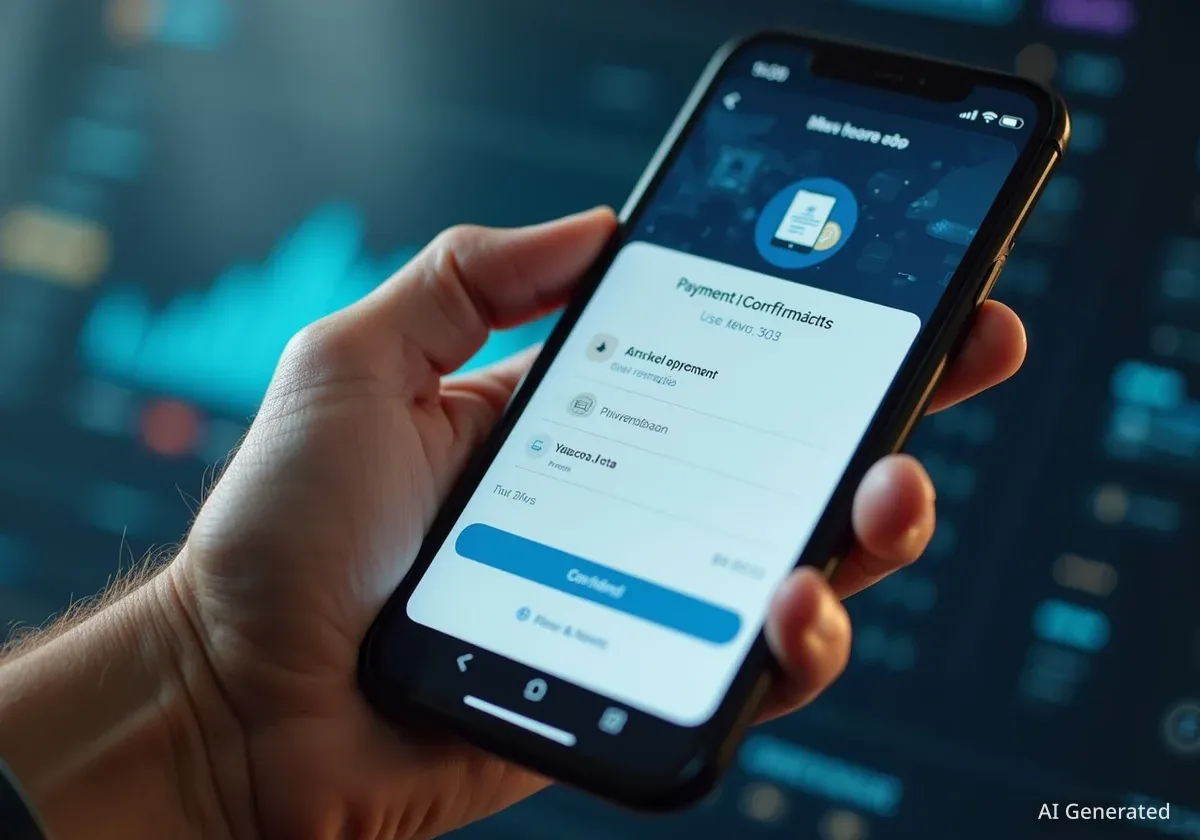The UK government is set to introduce a new payment processing system for its digital services. This initiative aims to streamline transactions and enhance efficiency across various government departments. The change will impact a broad range of public services, from tax payments to passport applications, affecting millions of citizens.
Key Takeaways
- UK government to launch new payment processing system.
- Focus on efficiency and improved user experience.
- Impacts various digital government services.
- Part of a broader digital transformation strategy.
Modernizing Government Digital Payments
The UK government is moving forward with a significant upgrade to its digital payment infrastructure. This new system is designed to replace older, fragmented payment methods currently in use across various government agencies. The goal is to create a more unified and efficient platform for all online transactions.
This modernization effort is a key component of the government's wider digital transformation agenda. It seeks to improve how citizens interact with public services online, making processes simpler and more secure. The new system is expected to handle a substantial volume of transactions daily.
Fact: Digital Service Use
According to recent government reports, over 80% of interactions with certain public services now occur online. This highlights the critical need for robust and efficient digital payment solutions.
Enhancing User Experience and Security
A primary objective of the new payment system is to enhance the user experience. Citizens can expect a more intuitive and consistent payment journey when accessing different government services. This includes clearer instructions, fewer steps, and better feedback during transactions.
Security is another critical aspect of this development. The new platform will incorporate advanced security protocols to protect sensitive financial data. This is crucial for maintaining public trust in government digital services and preventing fraud. The system will comply with the latest industry standards for data protection.
"Our aim is to make interacting with government services as straightforward and secure as possible," stated a spokesperson from the Cabinet Office. "This new payment system is a vital step towards achieving that goal, ensuring that public funds are handled efficiently and safely."
Impact on Public Services
The introduction of this payment system will affect a wide array of government services. These include, but are not limited to:
- Tax payments (e.g., income tax, VAT)
- Vehicle licensing and registration fees
- Passport and visa application fees
- Court fines and legal charges
- Business registration and licensing
Each of these services will transition to the new platform over a phased period. The government anticipates a smooth rollout, with minimal disruption to users.
Driving Efficiency and Cost Savings
Beyond improving user experience, the new system is also expected to drive significant operational efficiencies. By centralizing payment processing, the government can reduce administrative overheads and improve reconciliation processes. This could lead to notable cost savings in the long term.
The consolidation of payment infrastructure will also allow for better data analytics. This data can provide valuable insights into payment trends and service usage, helping the government to further optimize its digital offerings. Improved data management will support evidence-based policy decisions.
Background: Digital Transformation
The UK government has been actively pursuing a comprehensive digital transformation strategy for several years. This includes initiatives like the Government Digital Service (GDS), which aims to make government services simpler, clearer, and faster to use. The new payment system aligns directly with these overarching objectives.
Future Outlook for Digital Government
The implementation of this advanced payment system marks a significant milestone in the UK's journey towards fully digital government. It lays the groundwork for further innovation in public service delivery. Future enhancements could include broader integration with other digital identity solutions.
The government remains committed to continuous improvement, seeking feedback from users to refine and adapt its digital services. This iterative approach ensures that the systems meet the evolving needs of the public. The focus remains on creating a seamless and trustworthy digital environment for all citizens.
This initiative represents a substantial investment in the UK's digital infrastructure, reflecting a commitment to modern, responsive public administration. The success of the rollout will be closely monitored, with an emphasis on performance and citizen satisfaction.





